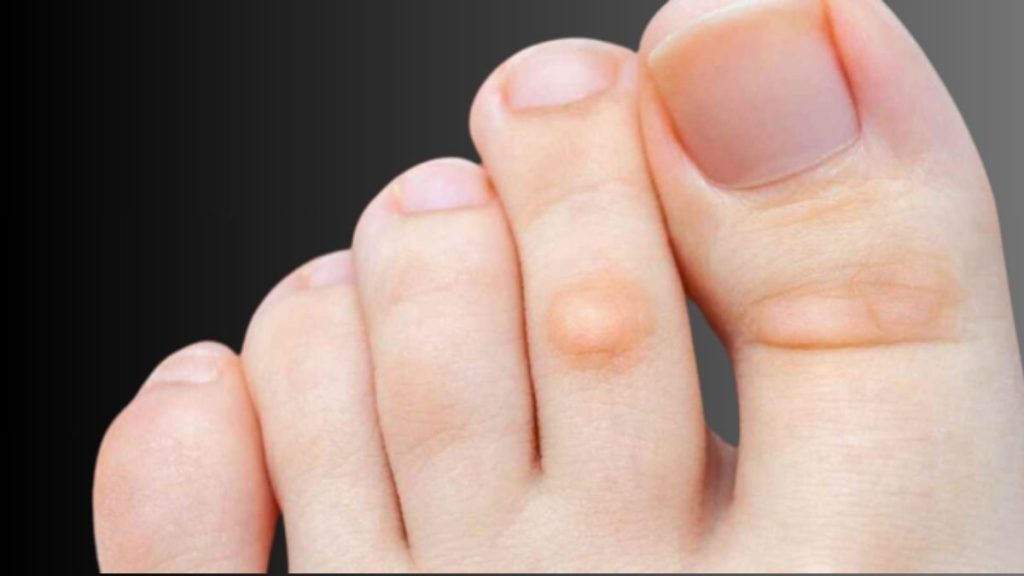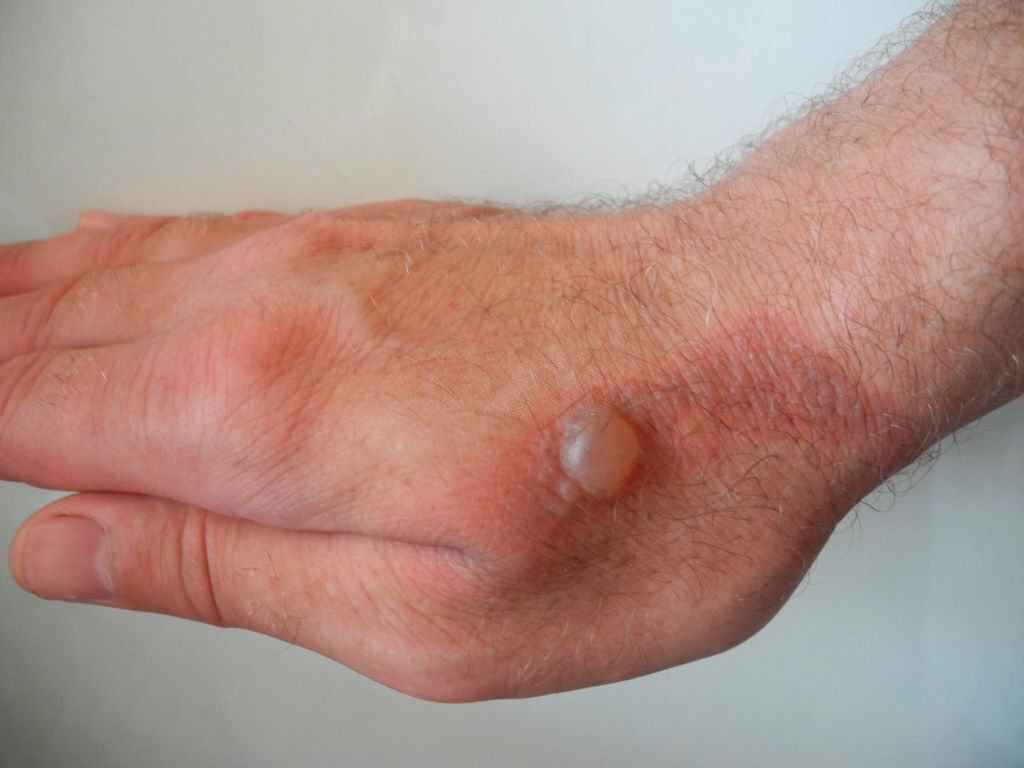In the world of skincare and health, blisterata is a condition that often goes unnoticed until it becomes a source of discomfort and pain for individuals. Blisters, often associated with friction, heat, or infection, can affect various parts of the body, particularly the skin on our feet. In this comprehensive guide, we will delve into the world of blisterata, exploring its causes, symptoms, treatment options, and preventive measures.
Understanding Blisterata: What are Blisters?
Blisters are fluid-filled sacs that form on the skin’s surface due to various factors such as friction, heat, or infection. When blisters occur in a concentrated area, the condition is referred to as blisterata. These pockets of fluid, commonly filled with serum or plasma, develop as the body’s natural response to protect the underlying tissue from further damage.
Causes of Blisterata
- Friction: One of the primary causes of blister formation is friction between the skin and external surfaces, such as ill-fitting shoes or prolonged rubbing of an area against a hard surface.
- Heat: Exposure to excessive heat, whether from the sun or hot surfaces, can lead to the development of blisters on the skin.
- Infection: Blisters can also be a result of infections, with conditions like herpes or impetigo causing fluid-filled sacs to appear on the affected areas.
- Buffalo Products: In some cases, products derived from buffalo, such as buffalo milk or buffalo hide shoes, may trigger allergic reactions leading to blisterata.
Symptoms of Blisterata
Identifying blisterata early is crucial for effective treatment. Common symptoms of blisterata include:
- Pain and Discomfort: Blisters often cause pain and discomfort, especially when pressure is applied to the affected area.
- Redness and Inflammation: The skin surrounding the blister may become red and inflamed, indicating the body’s inflammatory response.
- Fluid-Filled Bumps: Visible fluid-filled bumps on the skin’s surface are a clear indication of blister formation.

Treatment Options for Blisterata
When it comes to treating blisterata, several options are available, depending on the severity and underlying cause of the condition.
- Self-Care and Home Remedies: a. Avoid popping the blister, as it may increase the risk of infection. b. Keep the affected area clean and dry. c. Use over-the-counter blister pads or bandages to protect the blister. d. Wear well-fitted shoes and avoid tight or uncomfortable footwear.
- Medications: a. Over-the-counter pain relievers like ibuprofen or acetaminophen can help alleviate pain and reduce inflammation. b. Topical antibiotics may be recommended to prevent infection if the blister has burst.
- Prescription Medications: In severe cases, a health professional may prescribe stronger medications, including antibiotics or antiviral drugs, depending on the underlying cause of the blisterata.
- Skincare Products: a. Moisturizing creams and ointments can aid in the healing process and prevent the skin from drying out. b. Specialized blister care products, such as hydrocolloid dressings, can promote faster healing.
Prevention and Healthy Footcare Routine
Preventing blisterata involves adopting a proactive approach to foot care. Here’s a guide to maintaining healthy skin and minimizing the risk of blister formation:
- Choose Proper Footwear: a. Wear well-fitted shoes with ample toe room to prevent friction. b. Opt for moisture-wicking socks to keep your feet dry.
- Gradual Break-in for New Shoes: When introducing new shoes into your wardrobe, wear them for short periods initially to allow your feet to adjust and minimize the risk of friction-related blisters.
- Maintain Good Hygiene: a. Keep your feet clean and dry, paying special attention to spaces between toes. b. Use talcum powder or anti-chafing products to reduce friction.
- Regular Skin Inspection: Routinely inspect your feet for any signs of redness, irritation, or blister formation. Early detection allows for prompt treatment.
- Foot Soaks: Soaking your feet in warm water can help alleviate discomfort and promote healing. Adding Epsom salts or chamomile to foot soaks may enhance their soothing effects.
Incorporating Gummies into Your Skincare Routine
As the world of skincare evolves, innovative products like skincare gummies have gained popularity. Rich in vitamins and minerals, these gummies can contribute to overall skin health. While not a direct treatment for blisterata, maintaining a well-rounded skincare routine that includes such products can support skin resilience and repair.
Seeking Professional Healthcare Services
For persistent or severe cases of blisterata, seeking professional healthcare services is imperative. Dermatologists and podiatrists specialize in skin and foot health, providing expert guidance and personalized treatment plans tailored to individual needs.
Conclusion
Blisterata, though often perceived as a minor inconvenience, can significantly impact an individual’s daily life and overall well-being. Understanding the causes, symptoms, and treatment options is essential for effective management. By adopting preventive measures and incorporating a healthy footcare routine, individuals can reduce the risk of blister formation and promote optimal skin health. Remember, when in doubt or facing persistent symptoms, consult a healthcare professional for personalized advice and treatment.

